Heritage Travel
Being able to find your Swedish relatives and visit the homeland is a dream for many Americans. It is also a dream for Swedes to travel to the U.S. to learn more about what happened to their family members that left the homeland.
-
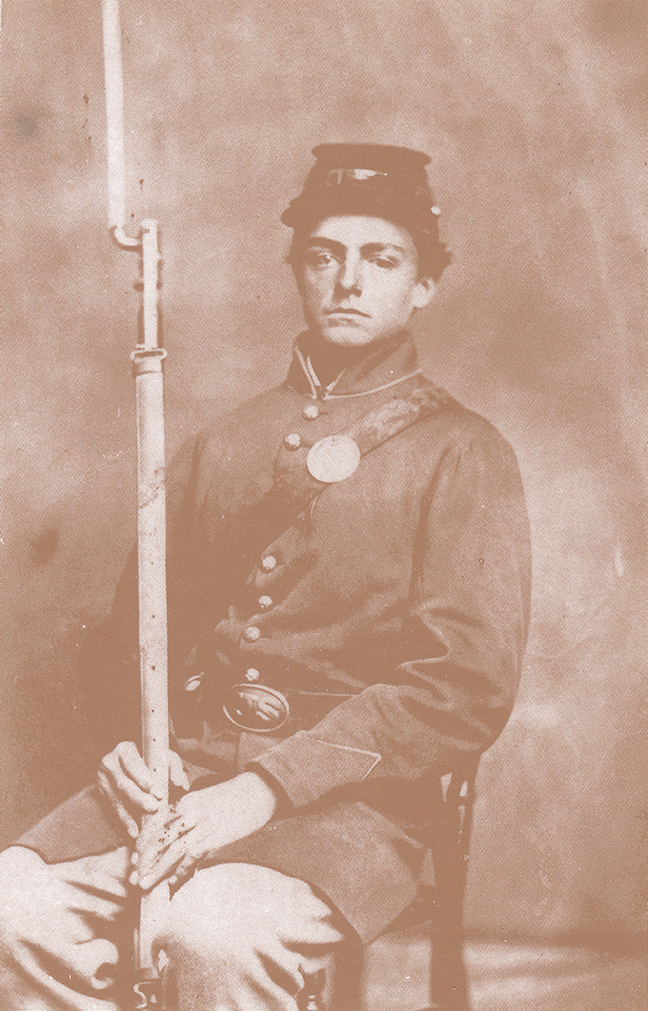 The Freeman family may have been the first to arrive to the United States. Herman Freeman above enlisted in the Mexican War (1846-1848) under the name Harmon Strome.
The Freeman family may have been the first to arrive to the United States. Herman Freeman above enlisted in the Mexican War (1846-1848) under the name Harmon Strome. -
-
We know many of you are not necessarily always hunting for bargain air fares online then seeking resources to create your very own trip to Sweden, so we decided to reach out to a few of the sources for special travel and research in Sweden. On Swedish immigration and genealogy and special travel to Sweden:
-
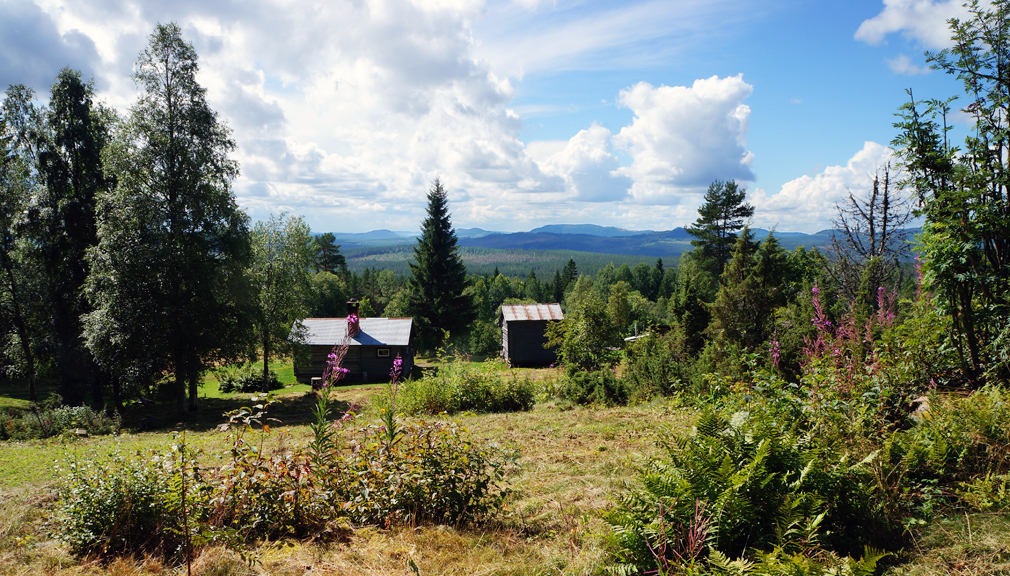 Don't miss another important event, tradition or trend, look at our website under <a href="http://www.nordstjernan.com/subscribe">SUBSCRIBE</a> Above: A classic "fäbovall." The clusters of cottages were often in sparsely forested areas higher up. This image is from a cluster of twenty cottage just northeast of Våmhus north of Siljan Lake in Dalarna.
Don't miss another important event, tradition or trend, look at our website under <a href="http://www.nordstjernan.com/subscribe">SUBSCRIBE</a> Above: A classic "fäbovall." The clusters of cottages were often in sparsely forested areas higher up. This image is from a cluster of twenty cottage just northeast of Våmhus north of Siljan Lake in Dalarna. -
-
One of our contacts, Experience Sweden Anew or, Unforgettable Sweden, takes you on a journey that combines Stockholm and the countryside of the provinces of Dalarna and Hälsingland—offering a view of the capital along with insights into history and lifestyle in the culturally rich regions a bit further north. You’ll see the sights everyone mentions, such as Stockholm’s Old Town (we write about it occasionally, most recently in issue 1802), the Royal Palace, the Vasa Museum and Skansen, but also the region of Sweden’s famous artists Carl Larsson and Anders Zorn on a trip to Dalarna that also includes the traditional Midsummer celebration in the town of Rättvik. You will travel to the home of the “Farm Castles” in Hälsingland, on the list of UNESCO World Heritage Sites, and mansion-like picturesque hotels are equipped with modern amenities and ready for tourists. This trip, prepared by native born Margareta Claesson and Firebird Tours, is for a smaller group of 10-16 people between June 16-27 and will surely give a sense of two very different areas of Sweden.
There’s also the two-week bus tour organized by an expat Swede in Stillwater, Minnesota under the umbrella of Scandi Experience. This trip takes you through all of southern Sweden with day-trips into both Denmark and Norway and ending in Stockholm. The fully-guided tour is sure to bring many special moments, and an experienced on-board guide will assist during your entire Swedish experience. Other tour operators such as the well established North Dakota based Brekke Tours offers a full menu of shorter or longer trips to all of Scandinavia. -
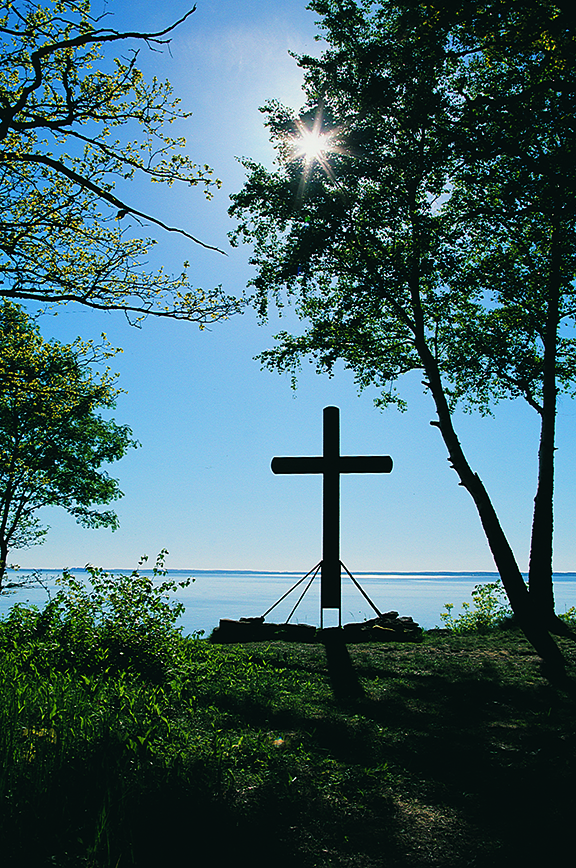 Hastings, where Sweden’s first church might have been located. Photo: Christer Hallgren
Hastings, where Sweden’s first church might have been located. Photo: Christer Hallgren -
Then we have the trips that incorporate both the regular travel experience and a first sense of your very own genealogical research. Annelie Jonsson, who lives in Skaraborg, works with Adventure Skaraborg to help people make connections through genealogy and tourism in America and Sweden. The database Annelie works with, called Emigrants from Falköping, contains information of area emigrants in the old and new home country; it has almost half the “found” emigrants who died in the U.S. listed in Illinois. Of 1.3 million Swedes who immigrated to and settled in the USA in the late 19th and early 20th centuries, about 70,000 came from the county of Skaraborg in western Sweden. They did as immigrants do today: They settled down in the neighborhood of other compatriots — in Minnesota and Illinois but also in California, Kansas, Massachusetts, Nebraska and Washington.
-
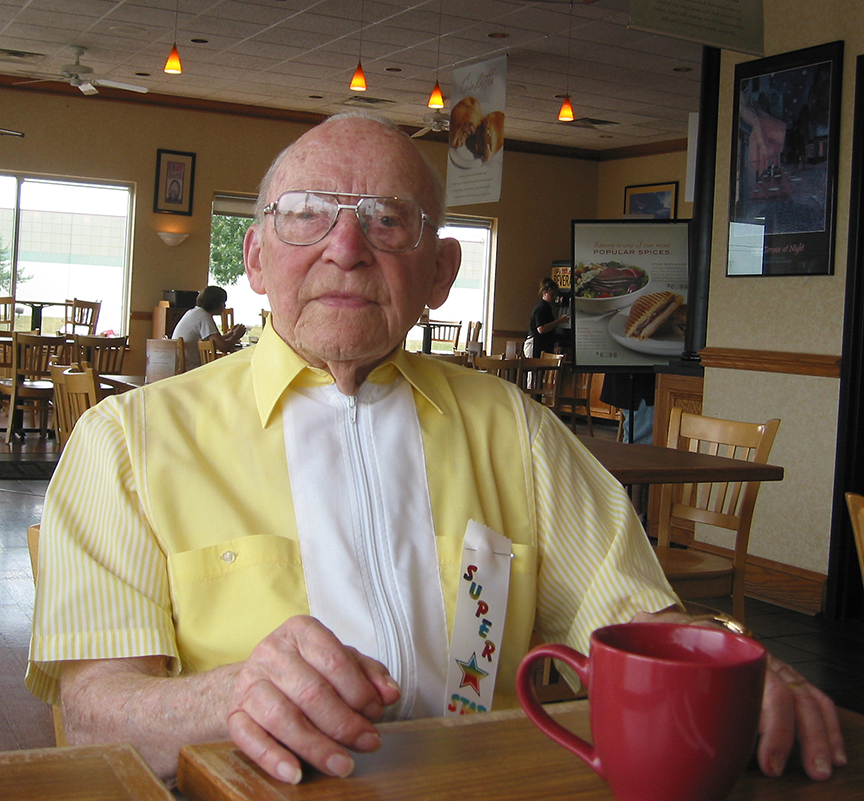 Conrad Johnson of Rockford, Illinois at age 103 in 2007. Photo: Inga-Lill Jonsson
Conrad Johnson of Rockford, Illinois at age 103 in 2007. Photo: Inga-Lill Jonsson -
Today we find Swedish descendants all over the U.S., but a lot of people from Skaraborg, Sweden first immigrated to the cities and countryside in Illinois. And many supplemental records in the U.S. can be found in Illinois — at Swenson Center, Augustana College in Rock Island or in Bishop Hill, where in 1846 Erik Jansson led a group of settlers who would build a community in what has become the central location and home of the Vasa National Archives for Americans with Swedish ancestry.
Annelie sent us several names and immigrant stories that are examples of what's in the database. The Freeman family from Skaraborg County may have been among the first — the father and his five sons arrived in New York on July 9, 1838. The father had to return to Sweden a year later with one son, Herman, who was sick. Herman emigrated again at the age of 14 but the father was unable to follow. The family settled in Salem, WI but Herman joined the troops in the Mexican War (1846-1848) and enlisted under the name Harmon Strome because he was under age; he received free land in Kentucky after the war and later moved to California. Much is known about the family since they corresponded over the Atlantic between 1841-1862. Letters at the time were published in Swedish newspapers and in 2006 in a book by The Freeman Family Association in Sweden. There’s a memorial in Genoa City, WI for Carl Friman and his sons. -
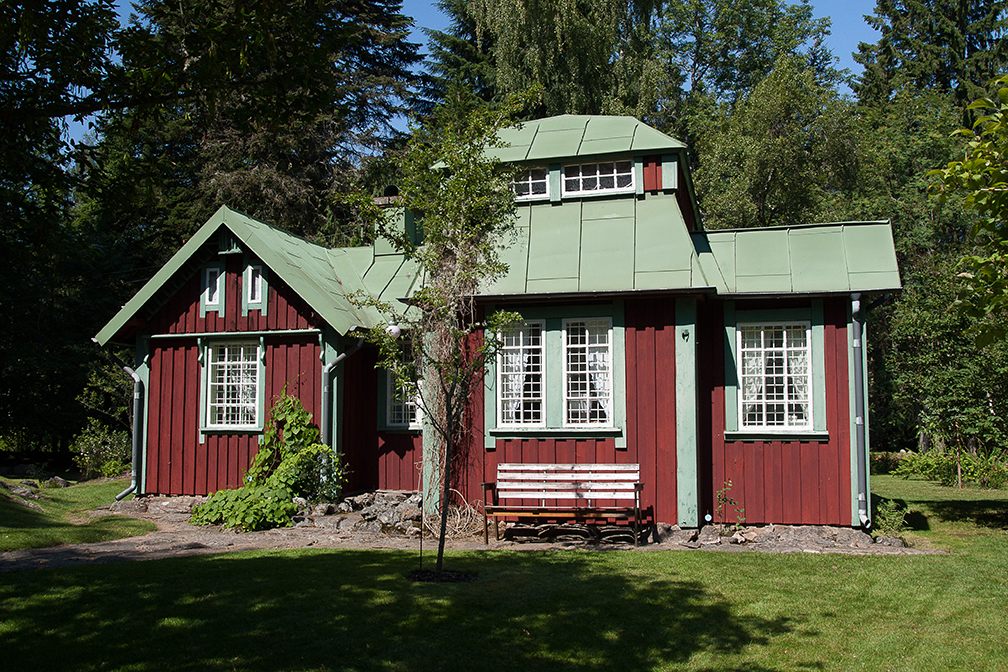 Above: The cabin in Falköping that inspired the Seven Dwarfs’ cottage (Photo: Annelie Johnsson).
Above: The cabin in Falköping that inspired the Seven Dwarfs’ cottage (Photo: Annelie Johnsson). -
Rockford, Illinois
A third generation Swede who grew up in Rockford, Illinois, said his four grandparents were all born in Skaraborg. When he was child he thought all Swedish Americans in Rockford were from Skaraborg, but when he looked closely he found some were also from Småland.
The most known Swedish immigrant in Rockford today is Conrad Johnson. He was born in 1904 in Kymbo parish outside Tidaholm, the fourth of 10 children to parents who had been in Chicago and came back to Sweden in 1898 as the father couldn’t cope with the dampness near Lake Michigan.
Conrad was 19 when he left Sweden in 1923. He worked as a carpenter and contractor in the Rockford area, and was very successful as a real estate investor. When Conrad Johnson died in 2014, just a month shy of his 111th birthday, he was the oldest man in the United States. He had donated his fortune to various organizations, and the Swedish Historical Society of Rockford received a donation of $1.6 million. -
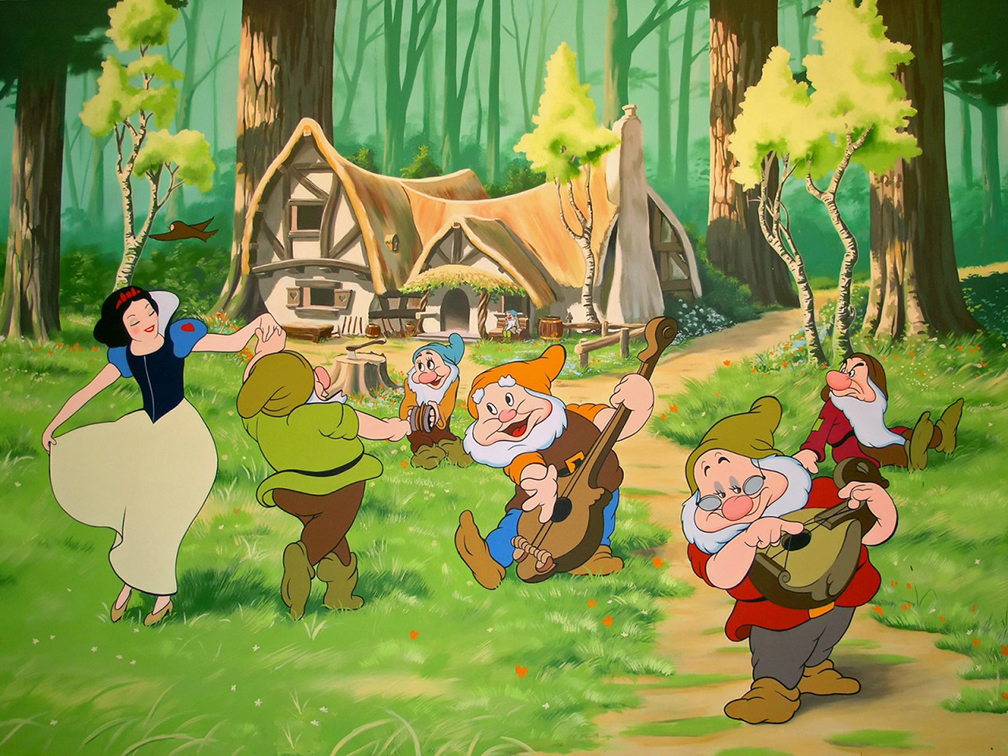 And, indeed, the resemblance is definitely there.
And, indeed, the resemblance is definitely there. -
Hollywood, California
Walt Disney’s Seven Dwarfs lived in a house inspired by a farmhouse in Sweden. An immigrant Swede worked for Disney, and it was memories from Sweden that inspired him. -
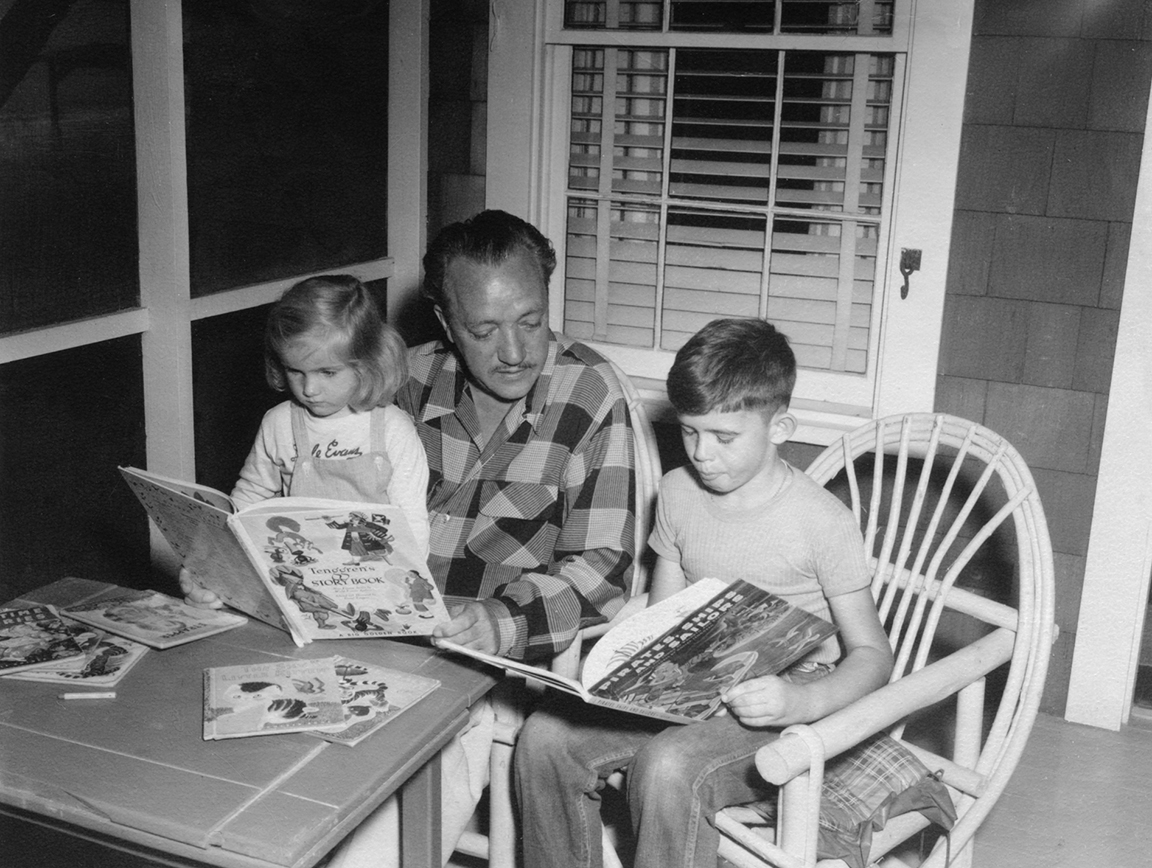 Undated photo from the 1950s with Gustaf Tenggren and children reading Tenggren’s Storybook. (Still available used at amazon.com)
Undated photo from the 1950s with Gustaf Tenggren and children reading Tenggren’s Storybook. (Still available used at amazon.com) -
Gustaf Tenggren (1896-1970) was working as a successful artist in Västra Götaland when he decided to pursue his dream in America. At age 24 he left for the U.S. and made a name for himself in California as an illustrator. He was hired by Walt Disney in 1936, becoming an artistic leader for films such as Pinocchio, Snow White and Bambi. His career spanned 60 years and included illustrating many Golden Books, including The Poky Little Puppy.
Tenggren was said to have the gift of being fresh and inspired but always retaining his own style. In the story of Pinocchio, for example, an Italian setting is infused with reminders of Tenggren's grandfather and his workshop at their home in Magra, of Skaraborg, Sweden. -
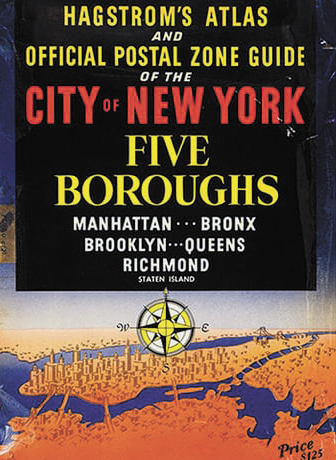 Hagstrom’s Atlas and Official Postal Zone Guide of the City of New York.
Hagstrom’s Atlas and Official Postal Zone Guide of the City of New York. -
In Snow White, the cabin that the Seven Dwarfs live in was inspired by a neighboring home in Floby parish, Falköping. As a boy, Tenggren visited the house of the Gegerfeldts many times; today that house and its gardens are on view to the public in Alphem Arboretum www.alphem.se.
Tenggren and his Swedish wife always planned to visit Magra again but never did so. They ended up in Dogfish, Maine, where they created a rather Swedish homestead. At his death in 1970, Tengrren’s valuable antiques went a museum in Falun, Sweden and many paintings and drawings were donated to the University of Minnesota — in its department for children's books, Kerlan Collection of Children's Literature. -
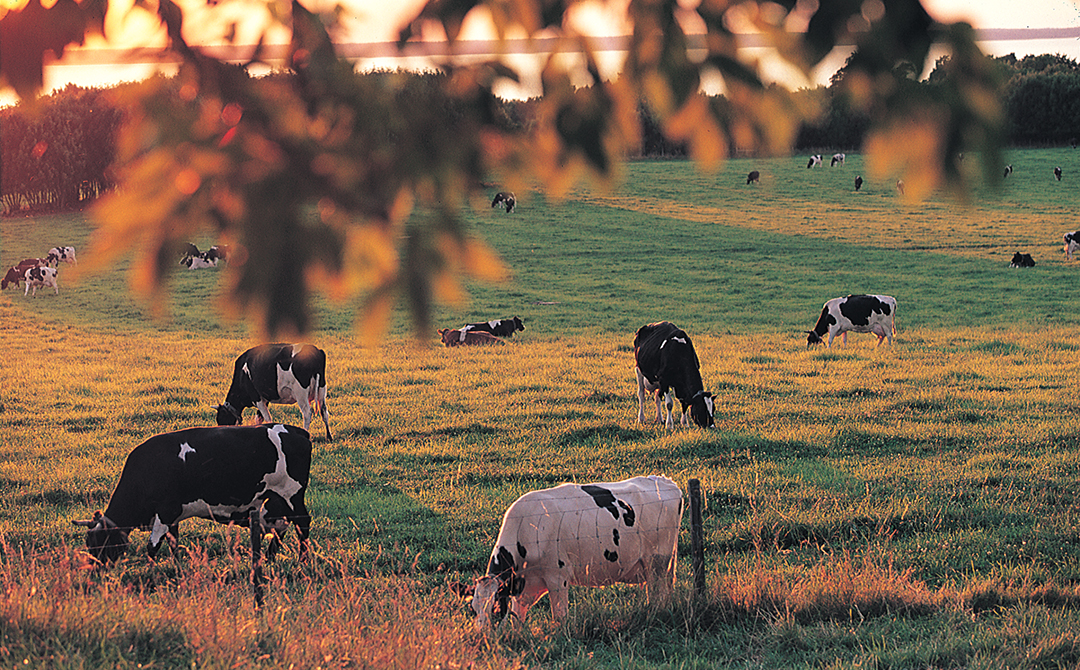 For more info, on the area see <a href="http://www.nordstjernan.com/premium/?id=8389" target="_blank">“Sweden's Cradle”</a> Photo: Christer Hallgren
For more info, on the area see <a href="http://www.nordstjernan.com/premium/?id=8389" target="_blank">“Sweden's Cradle”</a> Photo: Christer Hallgren -
New York, New York
Andrew Hagstrom was born at a farm in Karleby parish, Falköping in 1890. He emigrated in 1909 from Sweden where he had been a butcher, and his first job in the U.S. was to milk cows for a farmer near Coney Island in New York. He took a commercial art course at Mechanics Institute and started making maps for friends as they arrived in New York, but they were so good that he was encouraged to sell them. -
In 1916 he founded Hagstrom Map Company, specializing in atlases, city street guides and pocket maps. Eventually he had three stores, one in lower Manhattan, one in midtown and the third in Washington, DC. During WWI he worked to illustrate military texts, the first manual on military aviation published by the Army. He also created maps of New York’s subway system that were used during the 1940s until 1958. Hagstrom was a perfectionist and considered one of his outstanding achievements to be “Hagstrom’s Atlas and Official Postal Zone Guide of the City of New York.”
In 1953 Hagstrom was decorated by the King of Sweden with the Order of Vasa First Class. In 1957 he was named the Swedish American “Man of the year” by United Swedish Societies of New York and the Swedish Day Association. -
In 1966, he sold Hagstrom Map Company to the Macmillan Company. It changed hands again before it was sold in 2010 to Kappa Publishing Group. In 2010 the last remaining shop — in midtown Manhattan — was closed as digital maps were taking over.
Andrew Hagstrom died in 1977 in New York City. -
For more info on the tours mentioned:
www.firebirdtours.com/client/itinerary-a081A00000p693G-0061A000014HGbY
www.scandiexperience.com
www.roots2018.emigrant.se
www.brekketours.com
www.augustana.edu/swenson -
www.arkivdigital.net
www.slaktforskarhuset.se
www.genealogi.se -
www.gustaftenggren.com
www.lib.umn.edu/clrc/kerlan-collection
Swedish Genealogical Society of Minnesota
1385 Mendota Heights Rd, Ste 100
Mendota Heights, Minnesota 55120-1367 -
-
